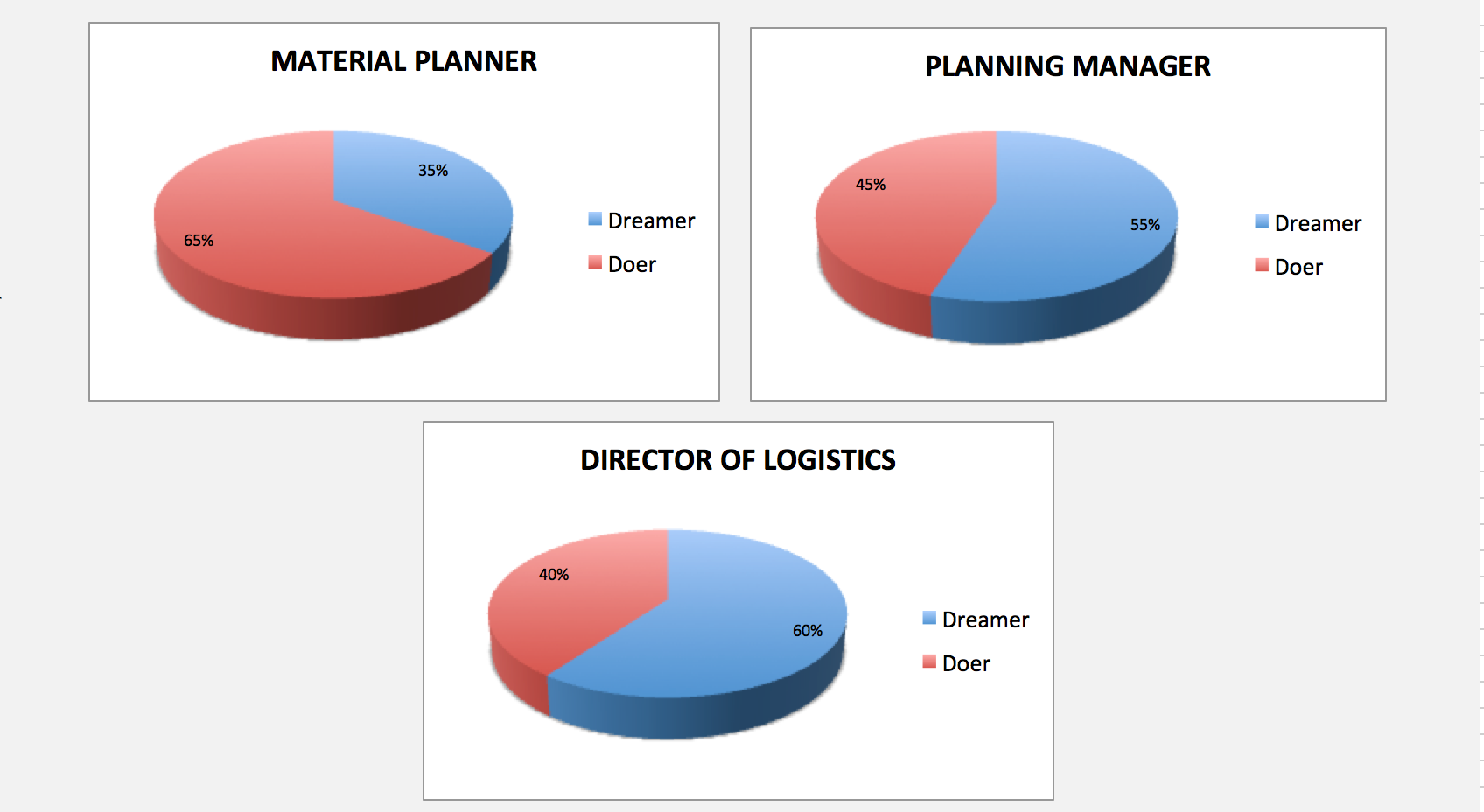Playing in harmony with a band is a great experience. When the band sounds good and you are doing your part to contribute, there is no better feeling in the world. Good Jazz played well is gratifying not only to the players, but the audience will enjoy the performance as well.
“It’s the group sound that’s important, even when you’re playing a solo. You not only have to know your own instrument, you must know the others and how to back them up at all times. That’s jazz.” Oscar Peterson
Harmony Within the Group
When I acquired a beautiful, new guitar I had the appearance of a good player (at least in my mind), but that didn’t translate to actually being a good player. This applies to the work environment as well. The new person needs to ‘play’ their way into the group and earn their respect. Being too flashy or loud will not work well. Taking time to learn the style of the other players and supporting them as they support you will maintain the group’s harmony.
As one of the veterans within the organization, I took responsibility for helping new employees acclimate to the group. There was a formal orientation program, but as most of us know, it takes months to get into the groove and feel productive. I told new employees that my door was open and if they had questions about the job or the organization they should feel free to stop by and chat. Serving as a mentor, formally or informally, will improve the overall performance of the group.
Practice Makes Perfect
Great Jazz musicians continually challenge themselves to be better, practicing their craft so they are ready for the next performance and will be at their best at all times.
Jazz great Wynton Marsalis tells this story about another amazing musician, Dizzy Gillespie. As a young man Dizzy was a good player, but when he joined a jam session with some seasoned players, he found out he wasn’t prepared. He knew a particular song in one key, but when the group played it in a different key, Dizzy was lost. Not wanting to be embarrassed again, Dizzy went home and practiced the song in all 12 keys, so that next time he was in a jam session, he would be able to play.
When it comes to performing at a high level on the job, the same applies. We need to understand exactly what we are expected to do and to perform at a high level, regardless of the situation. We do best when we attend training sessions and seminars to enhance our knowledge, and continually hone our fundamental skills to be ready for any contingency.
Be Ready to Play Your Solo
Most jazz songs have a basic structure. The melody, or ‘head’, is played at the beginning of the song. The middle of the song will have solos, usually improvisations by the band members. At the end of the song the melody is usually played again and the song ends with a flourish.
There is an expectation in the group that during the solo section of the song, everyone will take their turn to show their stuff. They may play a modified version of the melody or something completely different within the structure of the song. There are many famous solos in songs we have all heard, such as Gene Krupa’s drum solo in Benny Goodman’s famous song, ‘Sing, Sing, Sing’. (Check out this link if the title doesn’t ring a bell for you: Benny Goodman link In the jazz world, most ensemble players are excellent solo players and improvisers when it’s their time to play.
In an organizational sense, whenever we are part of a team, we are going to be asked to step up and ‘show our stuff’ from time to time. We may be asked to lead a project or put a special presentation together for upper management. We need to be ready to play the lead when we are called upon.
Understand your optimal learning mode. Recognize the simplicity and complexity of the organization. Continually practice your craft. Play in harmony to make your group sound great. Perform memorable solos when it’s your turn to step up. Keep these insights in mind and you will be a star when it’s your time to shine!
—
P.S. I would like to add that I will be forever indebted to my amazing guitar teacher, Steve Johnson, for getting me started on a journey that will no doubt enrich my life for as long as my fingers can pluck the strings…
Photo credit: Depositphotos.com #3267295 by vikhr15
Video credit: OnlyJazzHQ, Feb. 5, 2013, Benny Goodman – Sing Sing Sing retrieved from https://www.youtube.com/watch?v=6_YG9XBX04Y












